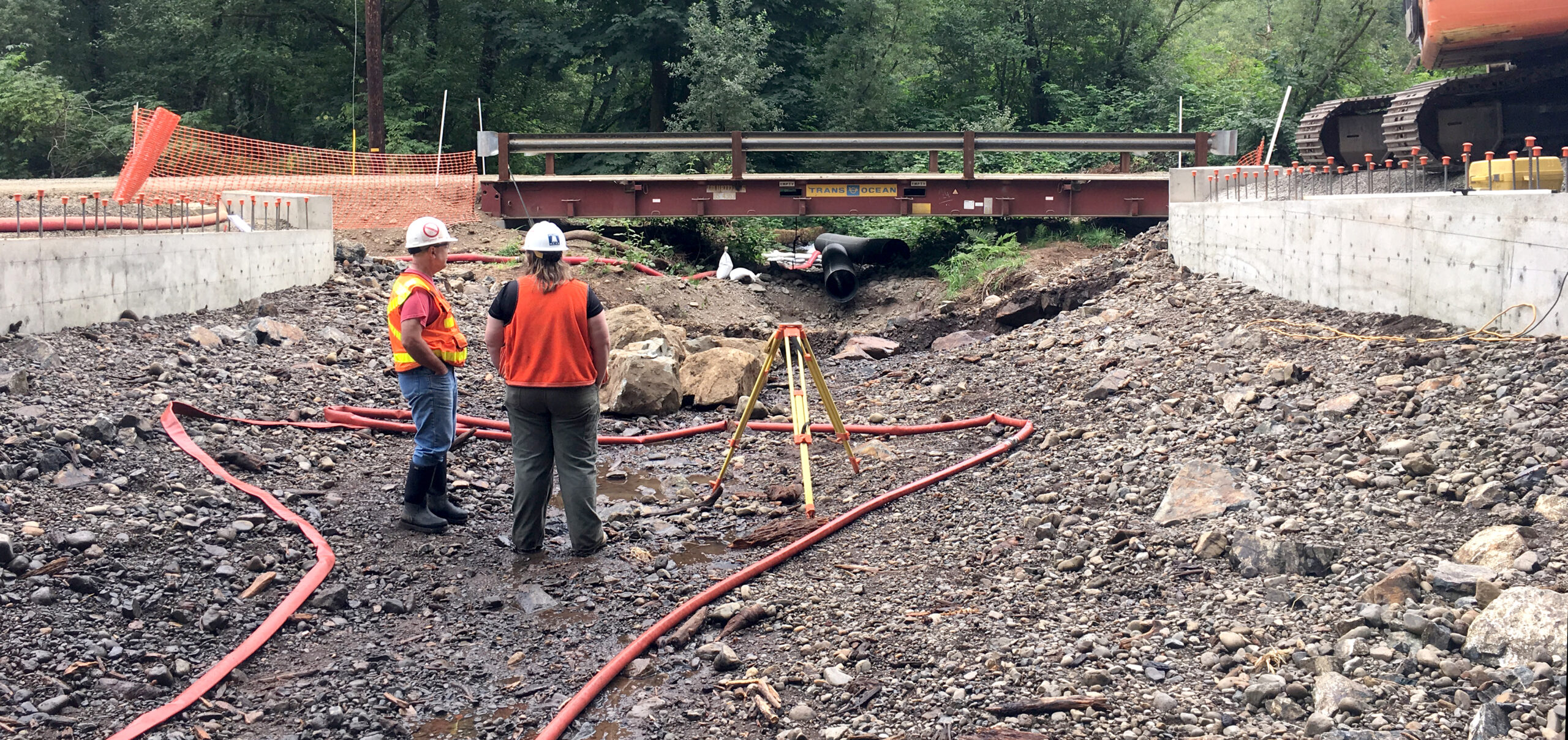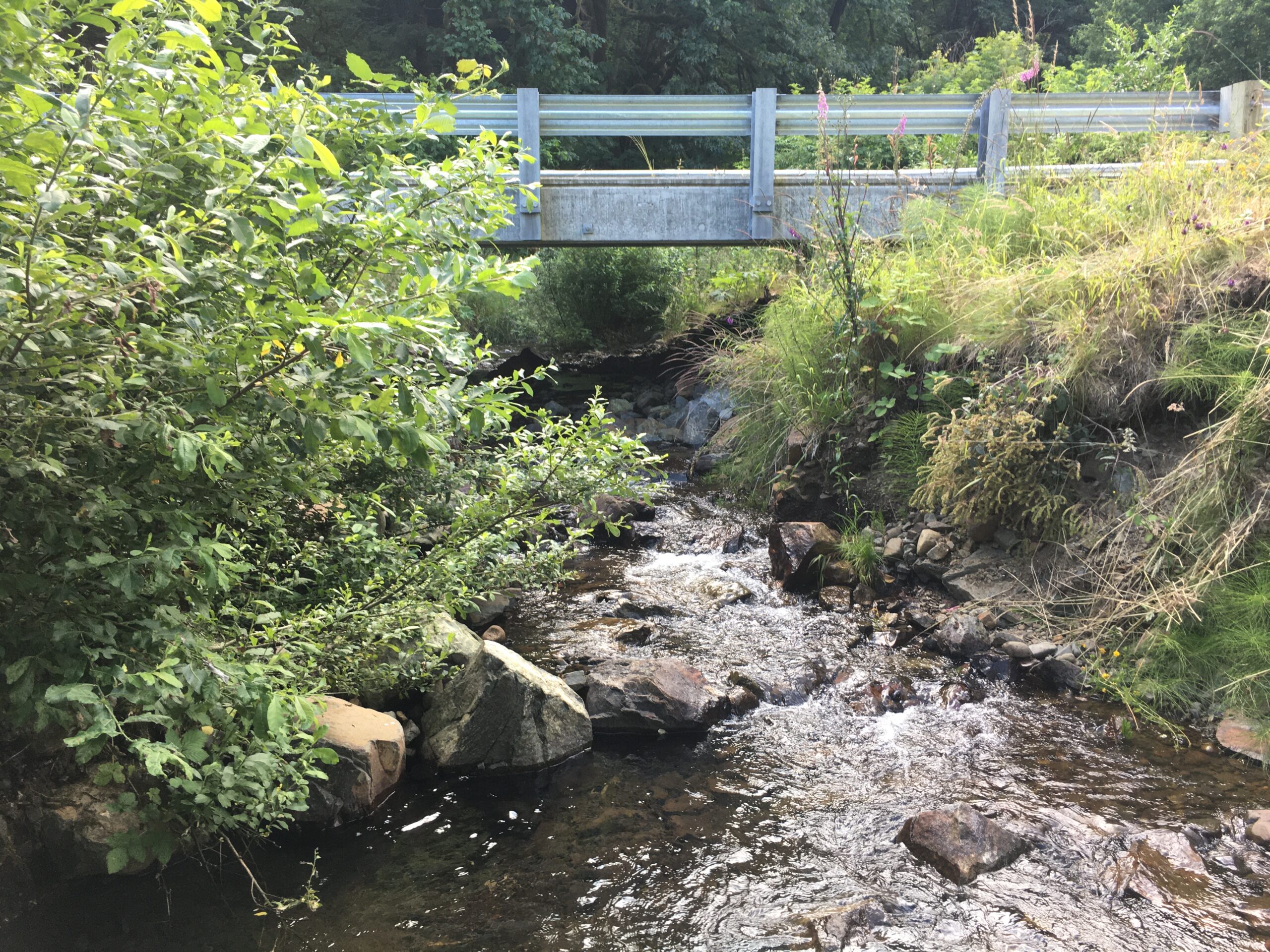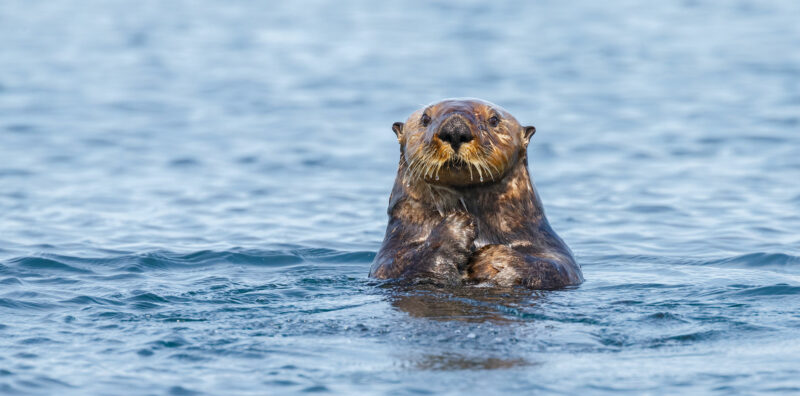To protect critical ecosystems and water supplies amid growing climate and regulatory pressures, ESA partners...

Mapes Creek Fish Passage and Restoration
In partnership with Tillamook County Public Works, Tillamook Estuaries Partnership identified this undersized and failing culvert as a priority for replacement to restore fish passage into Mapes Creek for threatened Oregon Coast coho salmon and other aquatic species.
Why does this project matter?
The new bridge ensures unrestricted passage for salmon and other aquatic creatures and enhances stream function. In addition, it meets seismic safety standards and eliminates concerns about debris blockages, thereby reducing maintenance costs.
What is ESA doing to help?
The ESA team provided a full-service design team that included hydrologic and hydraulic analysis, topographic surveying, geotechnical engineering, structural engineering, and restoration design services. The team started with a careful evaluation of hydraulic design parameters, fish passage water velocities and depths, and potential floodplain impacts. In addition, ESA coordinated with the Oregon Department of Fish and Wildlife (ODFW) and National Oceanic and Atmospheric Administration (NOAA) Fisheries to develop site-specific fish passage designs and obtain approvals.
ESA assisted Tillamook Estuaries Partnership in obtaining grant funding from several sources including the Oregon Watershed Enhancement Board to carry the project through construction and post-monitoring. Subsequently, prepared final construction documents, assisted with permit applications, and provided engineering services during construction.
Connect with our team
The Mapes Creek fish passage project is a great example of when public works infrastructure priorities and habitat-focused restoration priorities align to result in a project that benefits fish and the traveling public.

News & Ideas
ESA is pleased to announce the appointment of new practice leaders to oversee two of...
ESA is thrilled to announce the promotion of Autumn Ward to the role of Airports...
In our industry, we must consider compliance with the federal Endangered Species Act (FESA) when...
How the Supreme Court narrowed the consideration of indirect and cumulative effects under NEPA. The...
This is the second in a series of articles exploring how ESA is working with...







